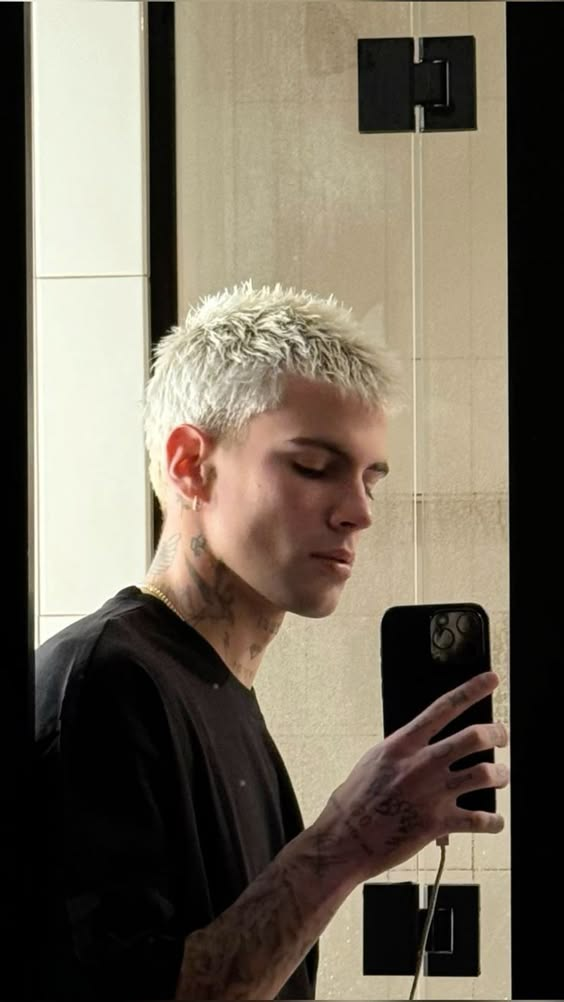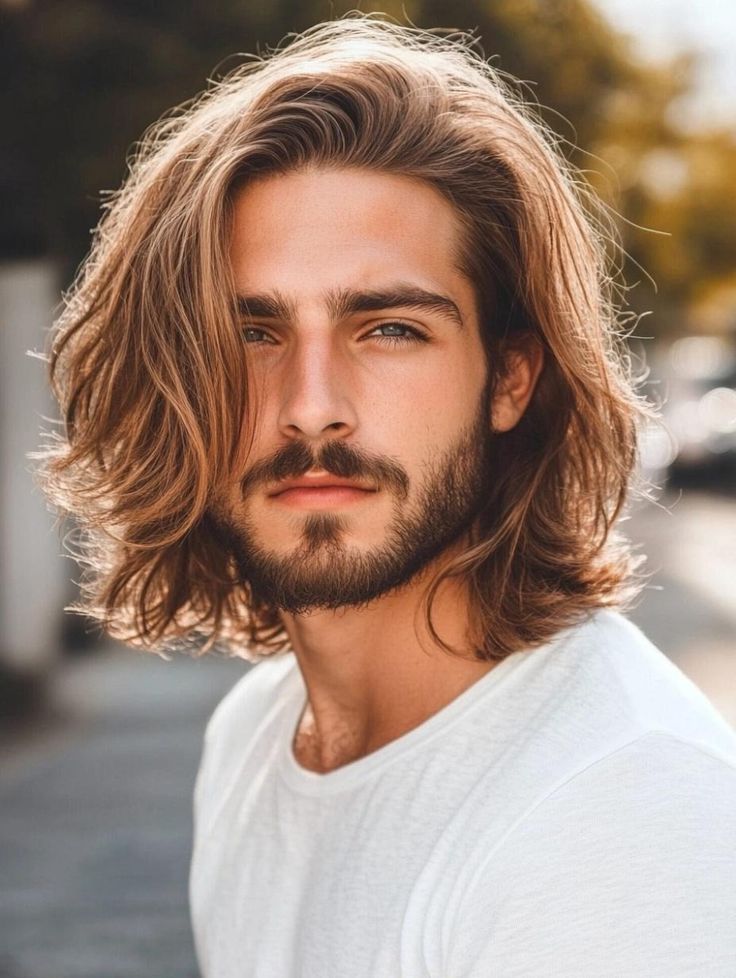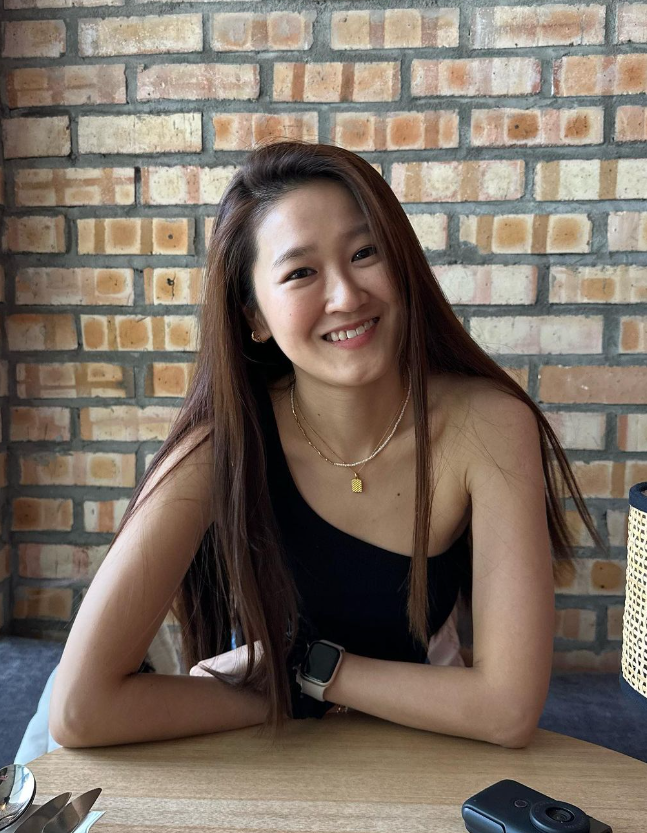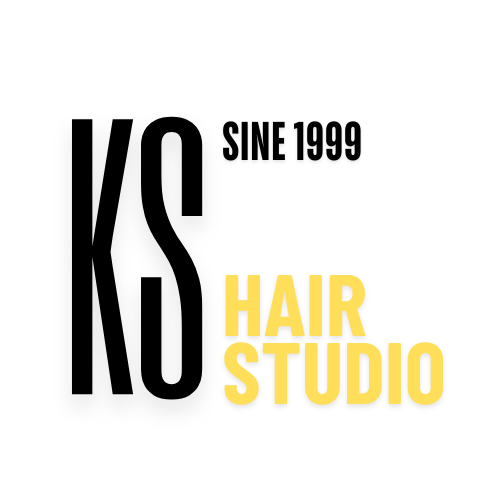For individuals with sensory sensitivities, getting a haircut can be a challenging and often overwhelming experience. Sensory sensitivities, which are commonly associated with conditions such as autism spectrum disorder (ASD), sensory processing disorder (SPD), or anxiety, can make even simple tasks like styling or maintaining hair uncomfortable. Tactile defensiveness—the tendency to be hypersensitive to touch—makes finding the right hairstyle essential for both comfort and confidence.
In this article, we will explore hairstyles that accommodate these sensitivities, providing practical advice for both children and adults, tips for preparing for a haircut, and how to find sensory-friendly salons that cater to these unique needs.
Table of Contents
ToggleUnderstanding Sensory Sensitivities and Haircuts
What Causes Sensory Sensitivities During Haircuts?
Many people with sensory sensitivities experience hypersensitivity to textures, sounds, and physical sensations. During a haircut, this can include discomfort from the feeling of hair falling on the neck, the noise of scissors cutting through hair, or the sensation of water or hair products touching the scalp. For individuals with SPD or ASD, the unpredictability of a haircut can lead to heightened stress or sensory overload, making it important to find styles and routines that minimize discomfort.
Common Triggers During Haircuts
Common triggers during a haircut for sensory-sensitive individuals include:
- The feeling of hair falling on the skin: This sensation can cause anxiety and discomfort, making short or well-maintained hairstyles ideal.
- The noise of clippers or scissors: Loud noises can exacerbate sensory overload, making quieter, manual tools a better option.
- Touch or brushing of the hair or scalp: Some people may find even light touches to the scalp uncomfortable, which makes regular brushing or styling difficult.
Choosing the Right Sensory-Friendly Hairstyle
Low-Maintenance Haircuts for Minimal Touching
For individuals with sensory sensitivities, low-maintenance hairstyles that reduce the need for frequent brushing or combing can be a lifesaver. Short hairstyles such as buzz cuts, crew cuts, and pixie cuts require little daily styling, minimizing contact with the scalp and hair. These cuts are ideal for individuals who prefer to avoid the sensation of hair on their skin or those who dislike frequent grooming.

For those who prefer longer hair, styles that can be tied back or braided are also great options. Braids, buns, or ponytails can keep hair away from the face and neck, reducing the need for frequent adjustments and minimizing the discomfort associated with loose hair falling on the skin.
Hair Length and Texture Considerations
Choosing the right hair length and texture is critical. Some individuals with tactile sensitivities may prefer short hair to avoid the discomfort of hair touching the neck or face, while others may feel more comfortable with longer hair that can be easily tied back. Additionally, texture plays a role in comfort—people with coarse or thick hair may find certain hairstyles more bothersome, while finer hair may feel less intrusive.

For people with sensory sensitivities, it’s important to experiment with different styles and lengths to determine what feels most comfortable. Working with a stylist who is patient and understanding can help individuals discover which textures and lengths are best suited to their sensory needs.
Preparing for a Haircut: Tips for Sensory-Sensitive Individuals
Calming Techniques Before a Haircut
Haircuts can be anxiety-inducing for many sensory-sensitive individuals, so preparing mentally and physically is crucial. Some helpful techniques to try before a haircut include:
- Deep breathing exercises: This can help calm the nervous system and reduce anxiety.
- Weighted blankets or lap pads: Applying gentle pressure can provide comfort and reduce the feeling of overstimulation.
- Fidget toys: Distractions, such as stress balls or fidget spinners, can provide a sense of control and reduce anxiety during the haircut.
For children with autism or SPD, social stories—visual aids that explain what to expect during the haircut—can be incredibly useful. Familiarizing them with the steps involved can ease the fear of the unknown and prepare them for the experience.
Explaining the Process to Children with Sensory Sensitivities
Clear communication is essential when preparing children for a haircut. Visual aids or picture schedules can help explain the process in a simple, reassuring way. By walking them through each step—such as sitting in the chair, getting sprayed with water, and feeling the scissors—they may feel more prepared for the sensations they will experience.
It is also important to give children choices when possible. Allowing them to pick their hairstyle, choose the salon, or decide when they want to take breaks can give them a sense of control and autonomy, making the haircut feel less intimidating.
Sensory-Friendly Salons and Stylists
What to Look for in a Sensory-Friendly Salon
Finding the right salon is essential for a positive haircut experience. Sensory-friendly salons often take steps to create a calmer, quieter environment with minimal sensory stimuli. Look for salons that:
- Use unscented products: Many individuals with sensory sensitivities are also sensitive to strong smells.
- Offer quiet or private rooms: This can help reduce the stress of loud noises or busy environments.
- Provide trained stylists: Sensory-friendly salons often have staff who are trained to work with individuals with sensory sensitivities, ensuring a patient and understanding experience.

How to Communicate Sensory Needs with Your Hairstylist
Open communication is key to a successful salon visit. Before the haircut, it’s important to discuss any sensory sensitivities with the hairstylist. This can include requesting unscented products, asking to use quieter tools like manual scissors instead of clippers, or taking frequent breaks. Letting the stylist know about specific triggers can ensure they are aware of what to avoid, making the experience more comfortable.
FAQ Section
- What are sensory-friendly hairstyles?
Sensory-friendly hairstyles are designed to minimize discomfort for individuals with sensory sensitivities. These styles often prioritize low-maintenance haircuts that reduce the need for brushing or styling and keep hair away from the face and neck. - How can I prepare my child with sensory sensitivities for a haircut?
Prepare your child by explaining the process ahead of time through visual aids or social stories. Introduce calming techniques, such as deep breathing or using a weighted lap pad, to reduce anxiety before the haircut. - What should I look for in a sensory-friendly salon?
Sensory-friendly salons often offer a calm environment with fewer sensory triggers. Look for salons that use unscented products, have quieter spaces, and employ stylists trained to work with sensory-sensitive clients. - What are some good hairstyles for people with sensory sensitivities?
Low-maintenance styles like buzz cuts, pixie cuts, or long hairstyles that can be tied back are ideal. These styles reduce the need for frequent brushing and avoid contact with the face and neck.
Choosing the right hairstyle for individuals with sensory sensitivities can greatly enhance comfort and well-being. By understanding common triggers, opting for low-maintenance styles, and finding a sensory-friendly salon, you can ensure that the haircut experience is as stress-free as possible. With the right preparation, people with sensory sensitivities can enjoy stylish haircuts that meet their unique needs while minimizing discomfort

My name is Nichelle, a beauty blogger with a passion for sharing knowledge and experience in beauty, especially hair care. I am currently collaborating with KS Hair Studio to bring you truly high-quality content such as sharing knowledge, product reviews, and my own hair care journey. Follow Nichellex and KS Hair Studio to discover hair care secrets together!
Related Posts
Read more- Trendy Festival and Concert Hairstyles You’ll Want to Rock
- Trendy and Instagram-Worthy Coachella Festival Hairstyles
- Top Volumizing Hairstyles for Thinning Hair to Boost Confidence
- Top Low-Maintenance Hairstyles Every Busy Person Needs to Try
- Top Hairstyles for Artists and Designers That Reflect Your Unique Style
